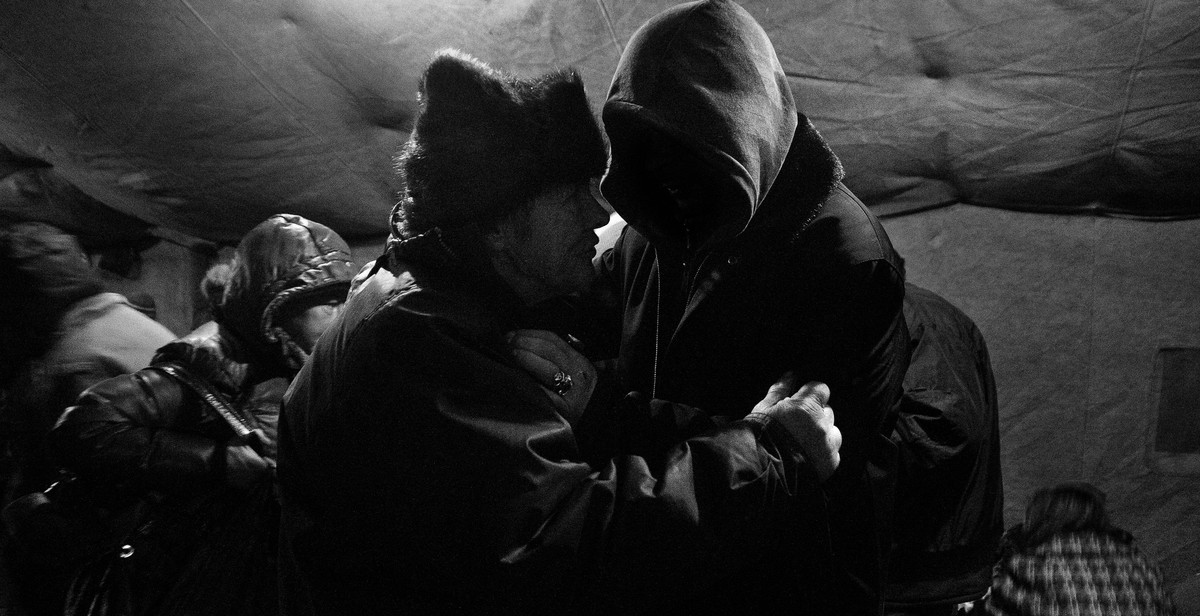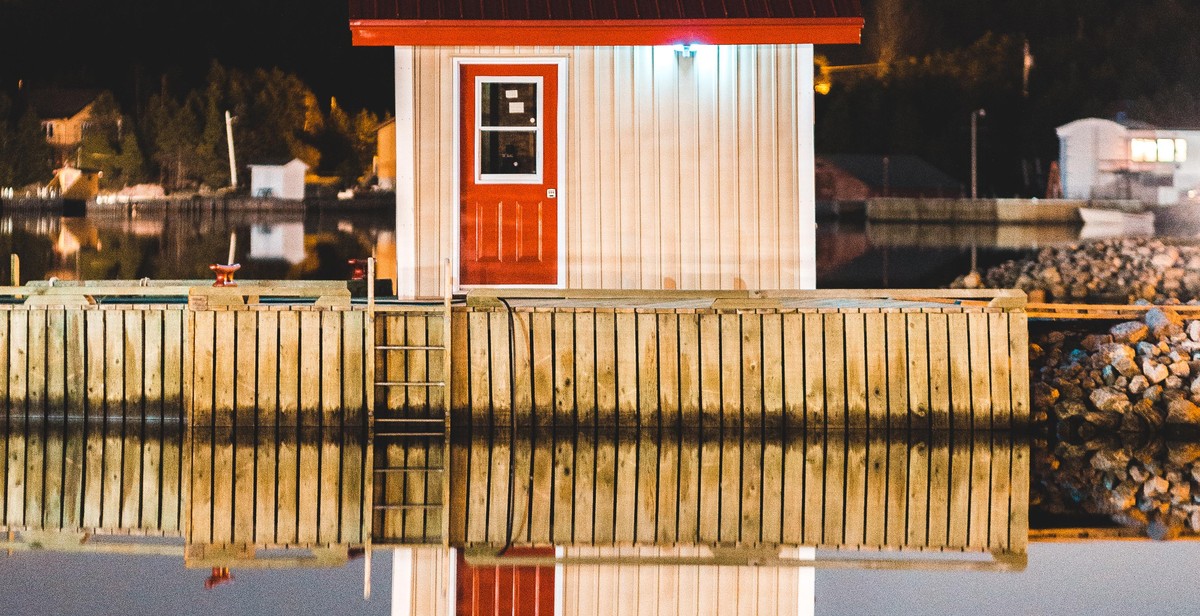How to Design a Buffalo Shelter: Creating Comfortable and Functional Housing for Buffaloes
Designing a buffalo shelter is an essential aspect of raising and caring for buffaloes. Buffaloes are large, powerful animals that require adequate shelter to protect them from harsh weather conditions, predators, and other environmental factors. A well-designed buffalo shelter not only provides a safe and comfortable home for your buffaloes but also helps to maintain their health and well-being.
Why Designing a Buffalo Shelter is Important
Buffaloes are known for their resilience and ability to survive in tough environments. However, they still need a safe and comfortable place to rest and protect themselves. A well-designed buffalo shelter provides a secure and comfortable environment for your buffaloes to rest, eat, and stay safe from predators. The shelter also helps to regulate their body temperature during extreme weather conditions, such as hot summers and cold winters.
Designing a buffalo shelter is not just about providing a roof over their heads. It involves understanding the specific needs of your buffaloes, such as their size, behavior, and feeding habits. With the right design, you can create a functional and comfortable living space that promotes the health and well-being of your buffaloes.
- Protects buffaloes from harsh weather conditions
- Provides a safe and comfortable environment for rest and feeding
- Helps to regulate body temperature during extreme weather conditions
- Promotes the health and well-being of your buffaloes
In this article, we will explore the different aspects of designing a buffalo shelter, from choosing the right location to selecting the right materials and layout. With the right information and guidance, you can create a functional and comfortable living space that meets the specific needs of your buffaloes.

Understanding the Needs of Buffaloes
Designing a comfortable and functional buffalo shelter requires a thorough understanding of the needs of these animals. Buffaloes are large and robust animals that require ample space, proper ventilation, adequate lighting, and temperature control to thrive.
Space Requirements for Buffaloes
Buffaloes require a significant amount of space to move around and graze comfortably. The recommended space requirement for adult buffaloes is about 50-60 square feet per animal. Calves and young buffaloes require less space, but it should be enough for them to move around and play without feeling cramped.
It’s important to note that inadequate space can lead to stress, injuries, and diseases among buffaloes. Therefore, when designing a buffalo shelter, ensure that there is enough space for them to move around freely.
Ventilation and Airflow
Buffaloes require good ventilation and airflow to maintain good respiratory health. Poor ventilation can lead to the accumulation of harmful gases such as ammonia, which can cause respiratory problems and other health issues.
Therefore, it’s important to design a buffalo shelter with proper ventilation and airflow. The shelter should have windows, doors, and vents to allow fresh air to circulate freely. Additionally, it’s essential to maintain proper hygiene and cleanliness in the shelter to prevent the buildup of harmful gases.
Lighting
Proper lighting is essential for the health and wellbeing of buffaloes. Buffaloes require natural light to maintain their circadian rhythm, which affects their feeding and resting patterns.
Therefore, when designing a buffalo shelter, ensure that there is enough natural light to allow the animals to maintain their natural rhythm. Additionally, you can install artificial lighting to supplement natural light and provide a comfortable environment for the animals.
Temperature Control
Buffaloes are sensitive to temperature changes and require optimal temperatures to maintain good health. The ideal temperature range for buffaloes is between 18-23°C (64-74°F).
Therefore, when designing a buffalo shelter, ensure that there is adequate insulation to maintain a consistent temperature. Additionally, you can install fans or heaters to regulate the temperature and provide a comfortable environment for the animals.
| Needs of Buffaloes | Requirements |
|---|---|
| Space | 50-60 sq. ft. per adult buffalo |
| Ventilation | Proper airflow to prevent the buildup of harmful gases |
| Lighting | Natural and artificial lighting to maintain circadian rhythm |
| Temperature Control | Ideal temperature range of 18-23°C (64-74°F) |

Choosing the Right Location
When it comes to designing a buffalo shelter, one of the most important factors to consider is the location. The right location can make all the difference in terms of the comfort and well-being of your buffalo herd. Here are some key factors to consider when choosing the right location:
Accessibility
Accessibility is crucial when it comes to your buffalo shelter. You need to ensure that the location is easily accessible for your buffalo herd, as well as for you and your staff. This means choosing a location that is easily reachable by road and is not too far from your main farm or homestead. Additionally, you should consider the accessibility of the location during different seasons, such as during the rainy season when roads may become muddy and impassable.
Terrain and Drainage
The terrain and drainage of the location are also important factors to consider. You want to choose a location that is not too steep or rocky, as this can be dangerous for your buffalo herd. Additionally, you should ensure that the location has good drainage to prevent flooding and waterlogging, which can lead to health problems for your buffalo herd.
Proximity to Feed and Water Sources
Finally, the proximity to feed and water sources is another crucial factor to consider. You want to choose a location that is close to a reliable source of fresh water, such as a river or lake, as well as to a source of food, such as a pasture or grazing land. This will make it easier for you to provide your buffalo herd with the food and water they need to thrive.
| Factors to Consider | Importance |
|---|---|
| Accessibility | High |
| Terrain and Drainage | Medium |
| Proximity to Feed and Water Sources | High |
Overall, choosing the right location for your buffalo shelter is crucial for the health and well-being of your herd. By considering factors such as accessibility, terrain and drainage, and proximity to feed and water sources, you can ensure that your buffalo shelter is comfortable, functional, and meets the needs of your buffalo herd.

Designing the Shelter
Designing a buffalo shelter requires careful consideration of various factors that ensure the animals’ safety, comfort, and health. Here are some crucial elements to keep in mind when designing a buffalo shelter.
Size and Layout
The size and layout of the buffalo shelter should be spacious enough to accommodate the animals comfortably. The shelter should have enough space for each buffalo to stand, lie down, and move around freely. Typically, a shelter for a single buffalo should measure at least 100 square feet. Additionally, the layout should allow for easy cleaning and maintenance of the shelter.
Materials and Construction
The materials used in constructing the buffalo shelter should be strong, durable, and able to withstand harsh weather conditions. Wood, metal, and concrete are commonly used materials for buffalo shelters. The construction should also be solid and secure to prevent predators and other animals from entering the shelter.
Roof and Flooring
The roof of the buffalo shelter should be slanted to allow rainwater to run off easily. It should also be made of a material that provides adequate insulation and ventilation to regulate the temperature inside the shelter. The flooring should be made of non-slip materials such as concrete or rubber mats to prevent injuries to the animals.
Feeding and Watering Systems
The buffalo shelter should have a feeding area that is separate from the rest of the shelter. This area should be designed to allow for easy feeding and cleaning. The watering system should also be easily accessible to the animals and should provide clean and fresh water at all times.
Bedding and Waste Management
The bedding in the buffalo shelter should be comfortable, clean, and dry. Straw, wood shavings, and sand are commonly used materials for buffalo bedding. The waste management system should be designed to facilitate easy cleaning and disposal of waste materials.
| Number of Buffaloes | Shelter Size (Sq. Ft.) |
|---|---|
| 1-2 | 100-200 |
| 3-5 | 300-500 |
| 6-10 | 600-1000 |

Maintaining the Shelter
Designing a comfortable and functional buffalo shelter is not enough, maintaining it is equally important. Regular cleaning, disinfecting, repair, and maintenance are necessary to ensure the longevity of the shelter and the health of the buffaloes.
Regular Cleaning and Disinfecting
Buffaloes are susceptible to diseases, and their shelter can become a breeding ground for bacteria and viruses if not cleaned regularly. It is recommended to clean the shelter at least once a week. Remove all the bedding, manure, and debris from the shelter and dispose of them properly. Use a high-pressure hose to wash the walls, floors, and ceilings of the shelter. Scrub the surfaces with a disinfectant solution and let it sit for some time before rinsing it off with water. Make sure to clean the feeding and watering areas thoroughly as well.
Recommended cleaning materials:
- High-pressure hose
- Broom or brush
- Disinfectant solution
- Gloves and boots
Repair and Maintenance
Regular maintenance of the shelter is necessary to ensure that it remains functional and safe for the buffaloes. Inspect the shelter regularly for any damages or signs of wear and tear. Repair any damages immediately to prevent further deterioration. Check the roofing, walls, and flooring for any leaks or cracks. Make sure the doors and windows are functioning properly and are not damaged. Maintain the ventilation system to ensure proper airflow in the shelter.
Recommended maintenance schedule:
| Item | Frequency |
|---|---|
| Roof inspection and repair | Every 6 months |
| Wall and flooring inspection and repair | Every 3 months |
| Window and door inspection and repair | Every 6 months |
| Ventilation system maintenance | Every month |
Regular cleaning, disinfecting, repair, and maintenance of the buffalo shelter are crucial for the health and well-being of the buffaloes. Neglecting these tasks can lead to the spread of diseases and deterioration of the shelter, which can be costly to repair or replace.

Conclusion
Designing a buffalo shelter requires careful consideration of the animal’s needs, as well as the climate and terrain of the area. A well-designed shelter will not only provide comfort and safety for the buffaloes but also improve their productivity and overall health.
When planning the layout of the shelter, it’s essential to ensure adequate space for the animals to move around freely. The shelter should also be designed to protect the animals from extreme weather conditions, such as heat, cold, and rain.
Choosing the right materials for the construction of the shelter is another critical factor to consider. Durable and sturdy materials such as wood, metal, or concrete are recommended for the walls and roof of the shelter. Additionally, the flooring should be non-slip and easy to clean to maintain good hygiene.
Overall, designing a buffalo shelter is a complex process that requires expertise and experience. By following the guidelines outlined in this article, you can create a comfortable and functional housing for your buffaloes that will ensure their well-being and productivity.
- Consider the animal’s needs, climate, and terrain when designing the shelter layout.
- Choose durable and sturdy materials for the walls and roof of the shelter.
- Ensure adequate space for the animals to move around freely.
- Protect the animals from extreme weather conditions.
- Maintain good hygiene by using non-slip and easy to clean flooring.
| Benefits of a well-designed buffalo shelter |
|---|
| Improved productivity |
| Enhanced animal health and well-being |
| Increased safety and security |
| Reduced risk of injury or disease |
